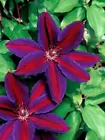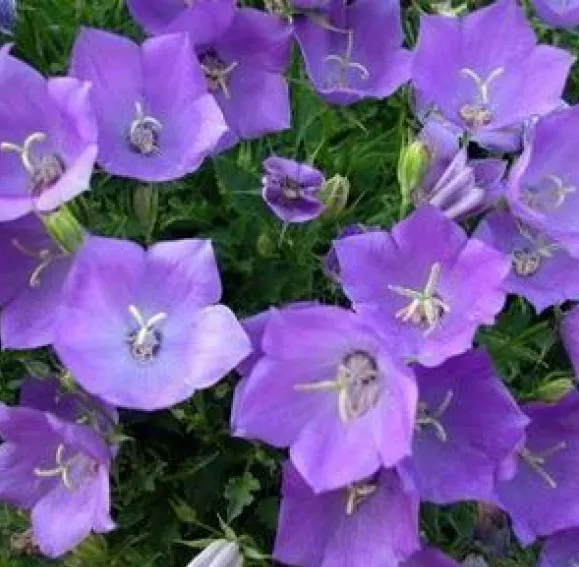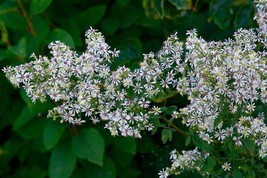Black Beauty Sunflower Seeds Plants Garden and 50 similar items
Black Beauty Sunflower Seeds Plants Garden Planting Colorful 20 Seeds
£5.24 GBP
View full item details »
Shipping options
Return policy
Full refund available within 30 days
Purchase protection
Payment options
PayPal accepted
PayPal Credit accepted
Venmo accepted
PayPal, MasterCard, Visa, Discover, and American Express accepted
Maestro accepted
Amazon Pay accepted
Nuvei accepted
View full item details »
Shipping options
Return policy
Full refund available within 30 days
Purchase protection
Payment options
PayPal accepted
PayPal Credit accepted
Venmo accepted
PayPal, MasterCard, Visa, Discover, and American Express accepted
Maestro accepted
Amazon Pay accepted
Nuvei accepted
Item traits
| Category: | |
|---|---|
| Quantity Available: |
20 in stock |
| Condition: |
New |
| UPC: |
365821753734 |
| Sunlight: |
Partial Shade |
| Season of Interest: |
Summer |
| Watering: |
Medium |
| Brand: |
Unbranded |
| MPN: |
CLBKY692 |
Listing details
| Seller policies: | |
|---|---|
| Shipping discount: |
No combined shipping offered |
| Posted for sale: |
More than a week ago |
| Item number: |
1681432425 |
Item description
Sow seeds: after risk of frost has passed.
Okay soil temperature: 55F (13C) or warmer.
Ideal soil temperature: 70 to 75F (21 to 25C).
Sowing instructions: check your seed packet.
Usually 1-inch deep, spacing seeds 6 to 36 inches, depending on variety.
Germination: 2 to 10 days.
Days to maturity: 80 to 120 days.
Container growing: yes, best for smaller, dwarf varieties.
Fertilizer: amend soil with good compost. Can also use granular, slow-release fertilizer as directed on product label.
Growing zones: Sunflowers are native to North America and can be grown as annuals everywhere from Alaska to Mexico.
Sizes range from dwarf types (1 to 2-feet tall) to mammoths (8 to 15 feet). The world record for sunflower height is currently 30 feet!
Flower sizes can be a few inches and up to 20-inches in diameter.
Flower colors: white, pale yellow, yellow, bright yellow, orange, bronze, rust, dark red, and bi-colored varieties.
Appearance and texture: long petals, short petals, fluffy, elongated….
Formation: single flower heads, multi-flower heads.
Cut flowers: there are pollen-free types intended for cut flowers.
Seeds: check the seed packet to know whether the plant will produce seeds and if they can be saved for sowing. Some hybrids are sterile.
If you live in a cold climate, choose varieties that grow from seed to maturity in the number of days available between last frost in spring and first frost in fall.
Most take between 50 and 120 days, but there are exceptions.
With seeds selected that you know have time to go from seed to harvest in your growing season, you can sow the seeds as soon as the risk of frost has passed for the season.
I’ve had late frosts after sowing but the sunflower seeds survived fine because they had not sprouted yet. If you expect a frost after sowing, cover the soil with a blanket for the night (and don’t forget to remove it in the morning).
You can also start sunflower seeds indoor in small containers for transplanting outdoors, although it is preferable to sow them directly outdoors if possible Wait until your young plants have at least two sets of true leaves and a sturdy stem before transplanting. The stronger the young plant, the better your odds.
unflower seeds average a germination rate of 75% so 3 out of every 4 should sprout.
Generally, sunflower seeds are sown 1-inch deep, spacing the seeds 6 to 36-inches apart, depending on the variety.
You can also sow several seeds close together and remove the weaker ones after a few weeks. This is called ‘thinning out’.
Spacing Examples
In general, a mammoth (tall, giant) sunflower does best in good quality soil with no other plants within 24-inches (two feet) in any direction (a four-foot diameter circle of growing space).
Smaller varieties of sunflowers are more forgiving, with some doing fine with just 6-inches of growing space (in all directions). But more is better. The better the resources, the larger the plant can grow.
Protect Your Seeds
After sowing, cover the soil with 1-2 inches of mulch on top of the garden soil to help keep moisture in.
Protect newly planted seeds with cloches, dollar store mesh waste baskets, or anything that will keep birds, squirrels and mice from digging up the seeds or slugs from eating the seedlings.
If you do cover your seeds/seedlings, be sure to check on them so they have water, air flow, and light (after germinating).
|
Why are we showing these items?
Booth
BERYL STORE |
|

-
Refine your browsing experience
We can show you more items that are exactly like the original item, or we can show you items that are similar in spirit. By default we show you a mix.
This item has been added to your cart
 Black Beauty Sunflower Seeds Plants Garden Planting Colorful 20 Seeds added to cart.
20 available in stock
Black Beauty Sunflower Seeds Plants Garden Planting Colorful 20 Seeds added to cart.
20 available in stock
View Cart or continue shopping.
 Please wait while we finish adding this item to your cart.
Please wait while we finish adding this item to your cart.
Get an item reminder
We'll email you a link to your item now and follow up with a single reminder (if you'd like one). That's it! No spam, no hassle.
Already have an account?
Log in and add this item to your wish list.























































